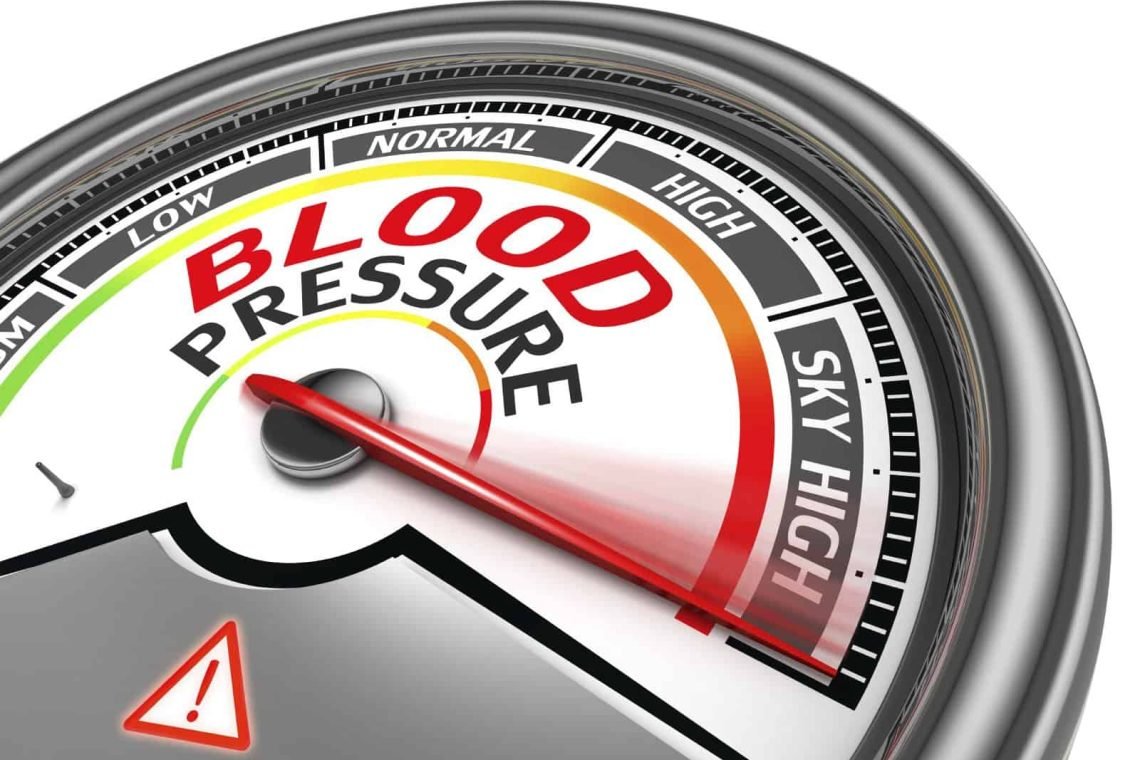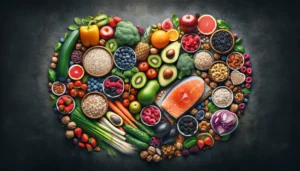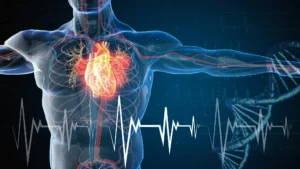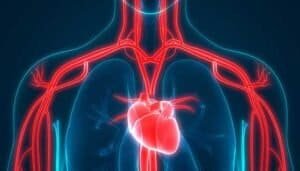More often than not I find people are blasé about their blood pressure levels. It can really surprise people when I tell them that high blood pressure is the risk factor responsible for the greatest number of deaths worldwide.
To be clear, the most common causes of death globally were from ‘non-communicable diseases’ which include the likes of heart disease, cancer, and chronic respiratory diseases. They gradually develop over time rather than occur all of a sudden, and they’re not infectious.
Heart diseases are the most common cause of death, and are responsible for 1 in 3 deaths. High blood pressure is a leading cause of heart disease and stroke as having high blood pressure damages the lining of the arteries, making them more susceptible to the buildup of plaque. Plaque then builds up and cuts off supply of oxygen to the heart and brain. Understanding this is important because then you can understand why about 7 in 10 people who have their first heart attack and 8 in 10 people who have their first stroke have high blood pressure.
What Is High Blood Pressure?
Blood pressure is the pressure of blood pushing against the walls of your arteries. Arteries are blood vessels leading away from your heart.
You may have been told your blood pressure is 120 over 80 (120/80). 120 is what’s called the systolic result (top number) and 80 is what’s called the diastolic result (bottom number). Blood pressure is measured in millimetres of mercury (mmHg). So, more accurately, 120 mmHg over 80 mmHg (120 mmHg/ 80 mmHg)
- Systolic pressure (top number): the pressure in your arteries when the heart beats.
- Diastolic pressure (bottom number): the pressure in your arteries when your heart relaxes between beats.
For every 20mmHg increase in systolic blood pressure (top number), the risk of dying from a heart attack or stroke doubles.
I’m not trying to scare you, or use tactics such as fear to make you change your lifestyle. I’m simply spelling it out in black and white because I don’t think this is done enough. People often say ‘my blood pressure is a little bit high’ without realising how big of a problem this is.
Normal blood pressure is when the systolic is LESS THAN 120 and the diabstolic is LESS THAN 80. If you feel I’m shouting the ‘less than’ bit at you, I apologise! But… it’s the most important bit. Once the systolic number goes above 120, you have elevated blood pressure. Please see the chart below from the American Heart Association.

How Common Is High Blood Pressure in Ireland
Researchers at the Irish Longitudinal Study on Ageing (TILDA) in Trinity College Dublin discovered that;
- About 2 in 3 people over the age of 50 have high blood pressure. I nearly fell off my chair when I first read this.
- About 1 in 2 people with high blood pressure were unaware of their condition. It’s a non-invasive test, so this should really be more.
- Just over half of people with high blood pressure were taking medication for it.
- About 1 in 2 people who were on medication to control their blood pressure did not actually have their blood pressure controlled to normal levels.
- Lack of awareness was higher in males and in younger people.
How To Check your Blood Pressure Levels
An automatic device is often used. The result is available straight away. You need more than 1 reading of high blood pressure to be diagnosed.
Blood pressure can fluctuate throughout the day, and if feeling anxious or stressed at the time. It can be handy to buy your own monitor to have at home. However, your GP may ask you to wear a monitor for 24 hours.
If measuring your blood pressure at home, check it while you’re sitting down. For a more accurate reading;
| Person has… | Reading may be off by…* |
| Crossed legs | 2-8 mmHg |
| Cuff over clothing | 5-50 mmHg |
| Cuff too small | 2-10 mmHg |
| Full bladder | 10 mmHg |
| Talking or active listening | 10 mmHg |
| Unsupported arm & not at level of heart | 10 mmHg |
| Unsupported back/ feet | 6 mmHg |
| * values not cumulative |
Therefore,
- Go to the loo to pee first
- Make sure your cuff fits
- Place the cuff on a bare arm.
- Sit on a chair with your back supported and your feet firmly on the ground
- Place your arm on a table at the height on your heart (prop it comfortably on a book if needed)
- Don’t be having a conversation at the same time
Can Diet Reduce Blood Pressure Levels
Systolic blood pressure rises for lots of reasons including the blood vessels becoming stiff and the build up of plaque. Dietary measures to focus on improving cholesterol levels and keeping blood vessels healthy and elastic are needed.
Diet and lifestyle plays a big role in preventing high blood pressure from occuring in the first place, but it also plays a massive role in the treatment of high blood pressure. In fact, some dietary manipulations can reduce blood pressure levels within hours. These foods compliment the measures that help keep it down in the longer term.
For those looking to take the next step, you can learn more about boosting your heart health with my online courses: Eat to Lower Blood Pressure and How to Lower Cholesterol. Alternatively you can book a consultation with one of our dietitians for a tailored one-to-one approach to managing conditions.











